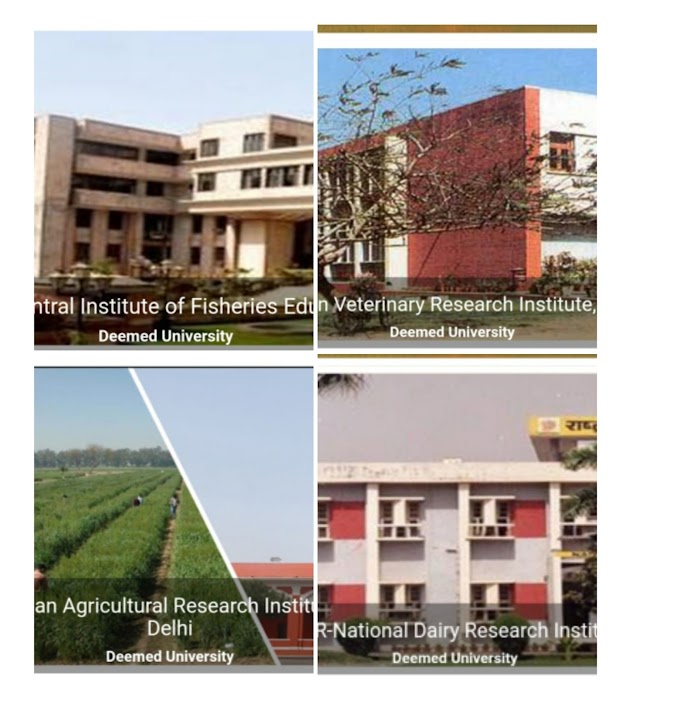Key Highlights:
* Honey: Definition, identification of pure honey
*Authenticity of honey
*Need of testing laboratory and benefits
Hello guys all we love to eat the honey as it test good and had many health benefits. The pure form of honey is adulterated and sold in the market .That why they fail to qualify the international standards for the exports.So in this blog I will discuss about the Honey, its testing and other details about this testing laboratory.
What is Honey?
According to WHO honey the natural sweet substance secreted/
produced by the bees from the nectar or from the secretions of living parts of
plants from where the bees collect, transform by combining with specific
substances of their own deposit, dehydrate, store and lave the honey in combs
to ripen and mature.
It is comprised of 17-20% of water, 76-80% glucose and
fructose, pollen, wax and mineral salts. The composition and colour vary with type
of flower from which the nectar was collected. Apart from the local and
international standards were formed for the honey.
 |
How to check the purity of Honey?
we can identify the pure honey by the simple methods from the adulterated one.
Here are some methods to check the purity of the honey:
1. Take a glass of water and put tablespoon of honey and it
should not be dissolved in the water. Because the pure honey will stay solid
when it dissolved in the water.
2. Take some honey mix it with water and to this add few
drops of vinegar in to it. If the solution turns foamy then there is
adulteration in the honey.
3. Take some honey and try to burn it. The pure one will
burn while the adulterated will have the extra water content to avoid the honey
from burning.
4. Based on the viscosity that is falling from any surface the
pure honey will fall slowly.
Authenticity of Honey:
It’s a very important factor beside from testing quality parameters.
The authenticity includes checking the geographical and botanical origin of the
honey on one hand and evaluating the whether honey has been adulterated with foreign
sugar or honey has been produced by the excessive feeding of sugar to the bees.
The authenticity of honey is very important when you want to export to the international
markets and even to the urban people in the current market situation.
Need for establishment of testing laboratory:
As we discuss earlier that the Indian origin honey not able
to qualify the international standards because of adulteration and other
factors. At present the samples were sent to US, Germany for the testing because
no comprehensive honey testing laboratory in India. So this becoming
problematic to the honey industry .Delay in getting the certification for the
export and other purpose. So looking at this matter the union agriculture minister
inaugurated the testing laboratory at NDDB, Anand. The new lab will test according
to the standards of FSSAI. The lab will be established with 7.7 crore funding
and has been accreditation by the National Accreditation Board for testing and calibration
laboratories (NBAL).
 |
| (image credit:www.byscoop.com) |
Benefits from it:
*The indigenous testing lab will help it getting the results
fast and helps in getting certification for the exports.
* This will help in unlocking the export potential to the
US, UK as it has more demand.
* Helps the farmers in getting the higher and better price
for it
*Indirectly it will helps in increasing the income of the
farmers.
* The testing lab will assist the farmers, cooperatives and
honey industries to produce best quality honey for both domestic consumption
and exports.
As many institutions, universities were giving training to
farmers and encourage them to take up the beekeeping business. Under
Atmanirbhar Bharat package the government has allocated Rs.500 crore for the
beekeeping infrastructure development .The establishment of the testing laboratory
will boost the beekeepers and the honey industry to grow up more. Government should
establish the regional centers for the quick access to the bee-keepers and the cooperatives .




0 Comments